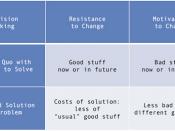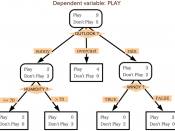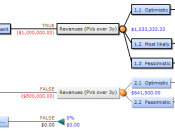In the society in which students and adults live, the need to think and to make the right decisions is of the utmost importance. As students, one is face with decisions about peers, drugs, driving habits, education, jobs, sex, and every day life. As one becomes older, one is face with decision about children, money, jobs, and elderly parents. At the different levels of maturity, it is the hope that decisions made on values, are proper for society as well as the individual. However, when it comes time to make that decision, and if there is a conflict, it is hope that making that decision is base on values and morals. Stoner and Freeman (1989, p. 165) define decision making as "a process of identifying and selecting a course of action to deal with a specific problem or take advantage of an opportunity".
Decision-making models are use to formulate alternatives for achieving the desired state of an individual.
Fortunately, many of our poor decisions involve relatively minor issues, and the discomfort is neither life threatening nor long lasting. Unfortunately, we occasionally make poor decisions that involve relatively major issues, and we have to live with the consequences of that decision. If we can become more aware of a systematic procedure for decision making and be aware of some of the pitfalls we might make, we can learn to avoid making these poor decisions, whether minor or major, and thus live a less stressful life.
The systematic approach tends to underline a normative view of decision-making. According to Stevens (2003, p.1), systematic decision making models involves (a) exploration of the problem; (b) exploring alternative solution; (c) choosing the best alternative; (d) planning and action; (e) experimenting and gathering feedback.
The most significant step in the systematic decision model is step one.



Decision-Making Model Analysis Paper
Very well laid out paper
0 out of 0 people found this comment useful.